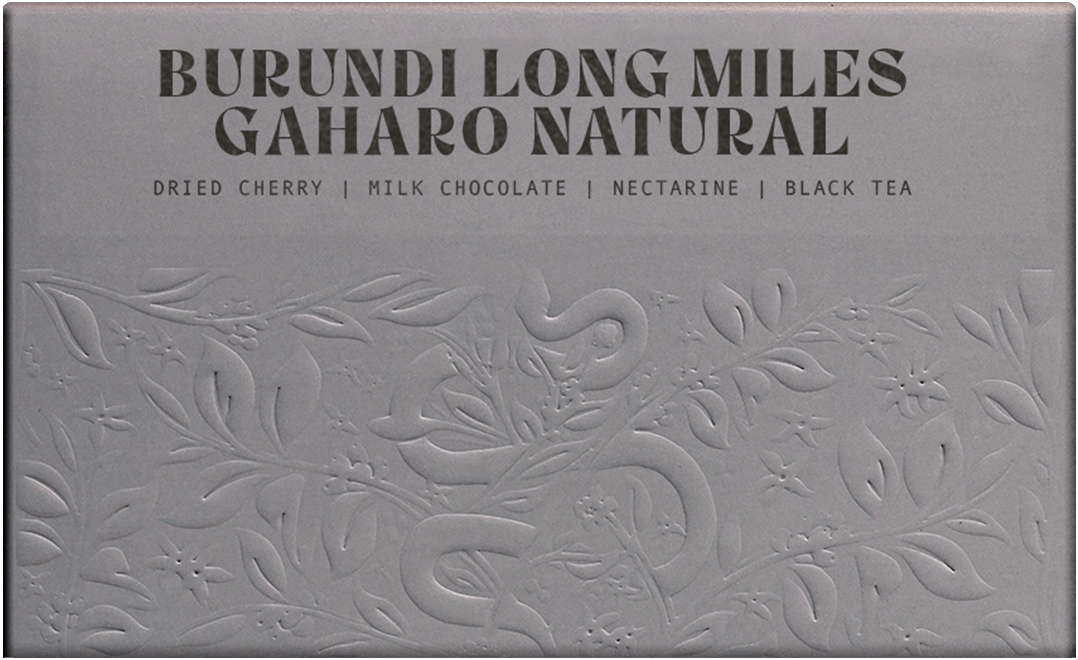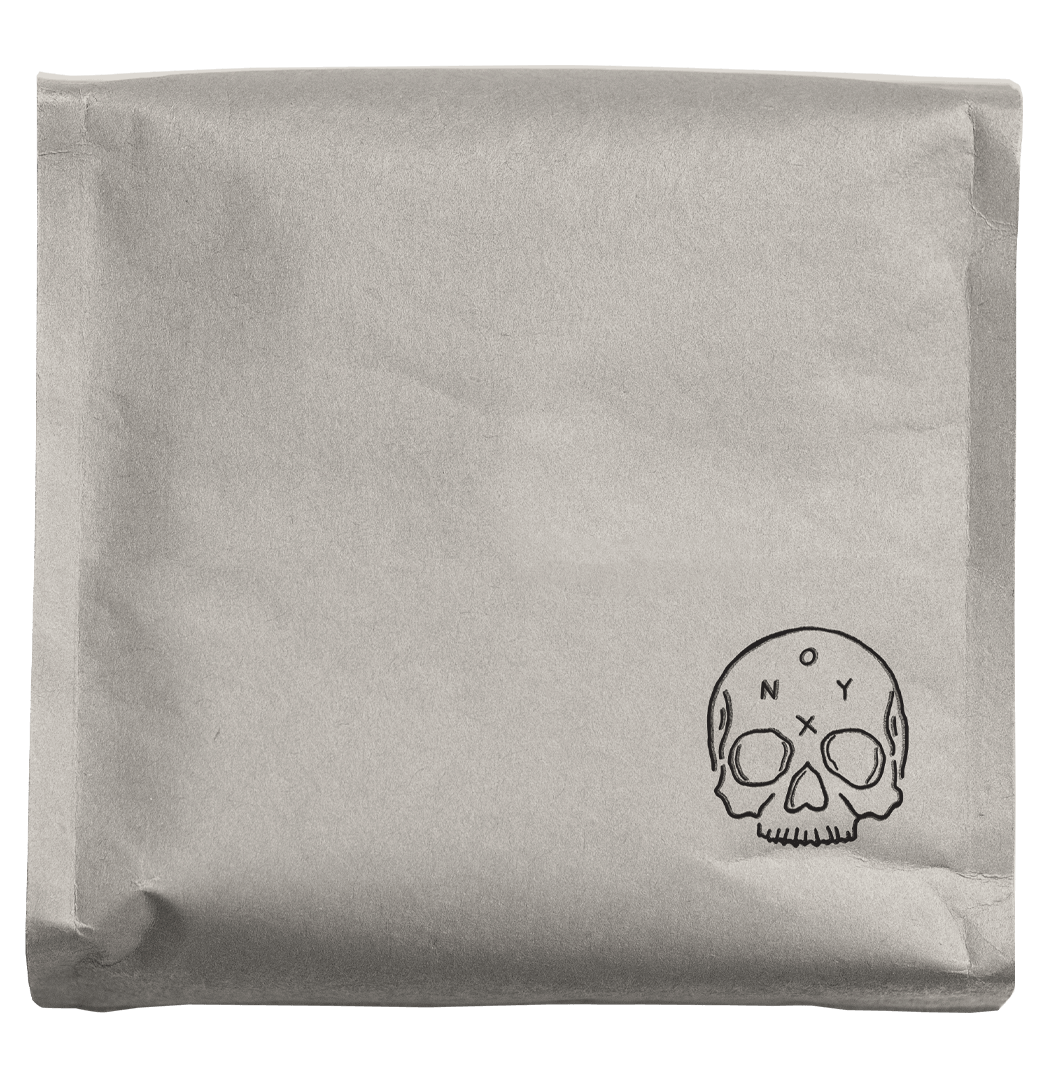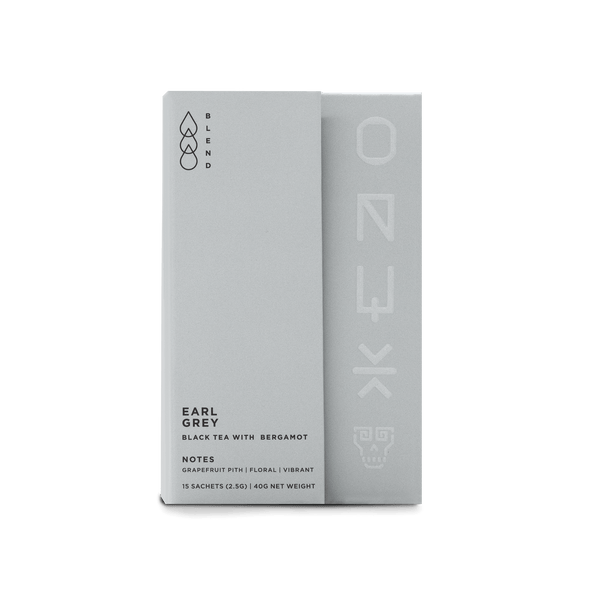Story
In 2011, Ben and Kristy Carlson moved to Burundi with a singular vision: to create a farmer-driven coffee program that connected roasters with the beautiful coffees of that region. It all started with the Bukeye station at the foot of the Gaharo Hill, where this coffee was produced. The challenges they've faced over the last decade have been quite high, yet the focus the staff has placed on the project of Long Miles has always steered them forward. By placing value on agronomical support throughout the year, Long Miles is able to have a continued partnership with coffee-producing families across the region. This support enables them to pay higher prices for cherry while also paying annual premiums. Continually paying premiums and supporting farmers means more stability in the supply chain within Burundi, creating a clear path for roasters to continually work with a community, forging bonds where none existed before.
We have been friends with Long Miles for years, and our path to this coffee began at the SCA Expo in early 2022, where we had a quick chat with Ben Carlson about getting involved more significantly with Long Miles. Our path forward was to focus on a hill, cupping micro-lots to build a larger lot that reflects the region's taste. The resulting lot is an exemplary example of Long Miles program: a delicious, traceable, and transparent coffee. Processed at the Bukeye station, this washed bourbon is sweet and bright, with near-perfect cup clarity.
NATURALLY PROCESSED COFFEE
Natural coffees are beautiful… Okay, natural coffees are beautiful when done properly, but can be equally terrible when things go wrong. Natural processing, or dry processing, refers to the act of drying and fermenting coffee inside the cherry. Long before the age of portafilter tattoos and dual-boiler home espresso machines, coffee was picked and dried this way out of convenience. It is, to this day, still the most convenient and economically friendly way to process coffee cherries. (It’s estimated that dry-processing can use up to 90% less water than the washing process.) So why isn’t all coffee processed this way? Well, as coffee made its way across the world, it was commoditized and standardized, just like all other products spread by colonialism, but that’s a whole other story... Adding to the boom of washed processing, the natural process method can be tricky to get right, due to the delicate nature of fermentation and drying. What does all this have to do with the final cup? Well, when you leave the skin and fruit of the coffee cherry on the seed throughout fermentation and drying, that fruit begins to break down, imparting esters that influence delicate florals and big fruit notes into the seed that survive the roasting process. If it’s rushed or handled incorrectly, this fruit rot can lend off-flavors to the coffee, making the final cup “dirty” or “fermenty.”
How is this done? It starts at harvest, with the selective harvesting of ripe coffee cherries. Only the fully mature cherries are picked, as they have the highest sugar content and flavor potential. The harvested cherries are then sorted to remove any damaged or under ripe cherries. This ensures that only the best quality cherries are used in the primary fermentation. After sorting, the cherries are spread out in thin layers on large drying beds or patios to dry naturally under the sun. (or sometimes under shade) They are periodically raked and turned to ensure even drying. This step can take several weeks depending on weather conditions. As the cherries dry, they undergo a natural fermentation process. Enzymes present in the fruit interact with the sugars and other compounds, causing chemical reactions that impact the flavor profile of the coffee. This fermentation adds complexity and fruity flavors to the final cup. During the drying/ fermentation process, the cherries must be protected from rain, humidity, pests, and mold. Farmers often cover the cherries with tarps during the night or when there's a risk of adverse weather. The coffee cherries are dried until they reach an optimal moisture content of around 11-12%. At this point, the cherries have shrunk, and the outer skin and fruit can be easily removed to reveal the green coffee seed inside, which is ready for roasting after a short boat ride. Basically, that single cherry begins to slowly decay, and controlling that delicate action through advanced technique and metrics allow us, lucky folks, to drink wonderfully floral and fruity coffees.





